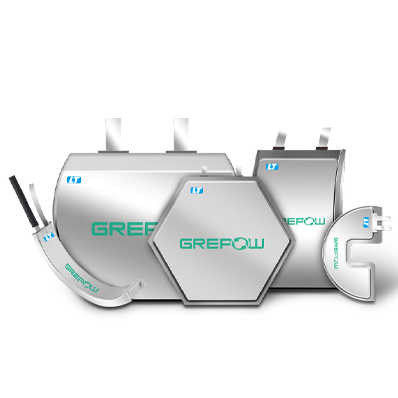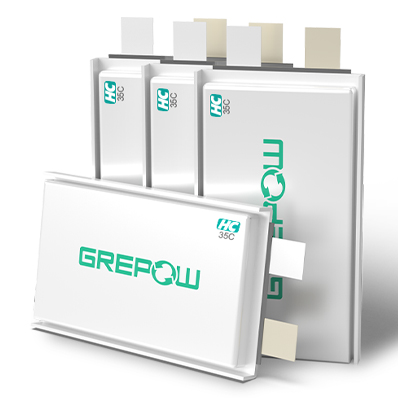Multifunctional Lithium Battery Testing
With the increasing applications of lithium-ion batteries in drones, electric vehicles (EV), and solar energy storage, battery manufacturers are using modern technology and chemical composition to push the limits of battery testing and manufacturing capabilities. Nowadays, every battery, regardless of its size, performance, and life, is determined in the manufacturing process, and the testing equipment is designed around specific batteries. However, since the lithium-ion battery market covers all shapes and capacities, it is difficult to create a single, integrated testing machine that can handle different capacities, currents, and physical shapes with required accuracy and precision. As the demand for lithium-ion batteries becomes more diversified, we urgently need high-performing and flexible testing solutions to maximize the pros and cons and achieve cost-effectiveness.
The complexity of a lithium-ion battery
Today, lithium-ion batteries come in a variety of sizes, voltages, and applications that were originally not available when the technology was first put on the market. Lithium-ion batteries were originally designed for relatively small devices, such as notebook computers, cell phones, and other portable electronic devices. Now, they're a lot bigger in size for such devices as electric cars and solar battery storage. This means that a larger series, the parallel battery pack has a higher voltage, larger capacity, and larger physical volume. Some electric vehicles can have up to 100 pieces of cells in series and more than 50 in parallel. A typical rechargeable lithium battery pack in an ordinary notebook computer consists of multiple batteries in series. However, due to the larger size of the battery pack, the testing becomes more complicated, which may affect the overall performance. In order to achieve the best performance of the entire battery pack, each battery must be almost the same as its adjacent cells. Batteries will affect each other: if one of the batteries in a series has a low capacity, the other batteries in the battery pack will be below the optimal state. Their capacity will be degraded by the battery monitoring and rebalancing system to match the battery with the lowest performance. The charge-discharge cycle further illustrates how a single battery can degrade the performance of the entire battery pack. The battery with the lowest capacity in the battery pack will reduce its charging state at the fastest speed, resulting in an unsafe voltage level and causing the entire battery pack to be unable to discharge again.
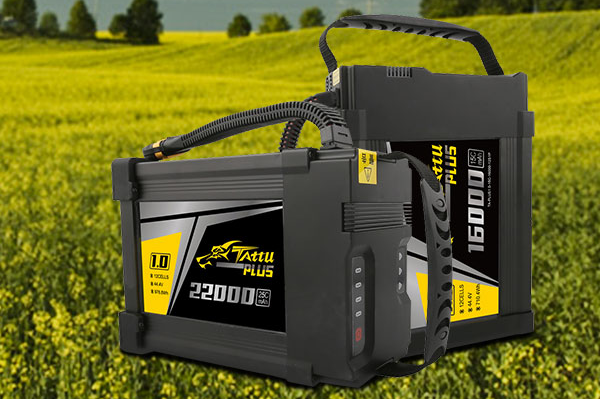
When a battery pack is charged, the battery with the lowest capacity will be fully charged first, and the remaining batteries will not be charged further. In electric vehicles, this will result in a reduction in the effective overall available capacity, thereby reducing the vehicle's range. In addition, the degradation of a low-capacity battery is accelerated because it reaches an excessively high voltage at the end of its charge and discharge before the safety measures take effect. No matter the device, the more batteries in a battery pack that is stacked in series and in parallel, the more serious the problem. The obvious solution is to ensure that each battery is manufactured exactly the same and to keep the same batteries in the same battery pack. However, due to the inherent manufacturing process of battery impedance and capacity, testing has become critical--not only to exclude defective parts but also to distinguish which batteries are the same and which battery packs to put in. In addition, the charging and discharging curve of the battery in the manufacturing process has a great impact on its characteristics and is constantly changing.
Modern lithium-ion batteries bring new testing challenges
Battery testing is not a new thing, but, since its advent, lithium-ion batteries have brought new pressure to the accuracy of testing equipment, production capacity, and circuit board density. Lithium-ion batteries are unique because of their extremely dense energy storage capacity, which may cause fires and explosions if they are improperly charged and discharged. In the manufacturing and testing process, this kind of energy storage technology requires very high accuracy, which is further aggravated by many new applications. The wide range of lithium-ion batteries that are available affects the testing equipment as they need to ensure that the correct charge and discharge curve is followed accurately in order to achieve the maximum storage capacity and reliability and quality. Since there is no one size suitable for all batteries, choosing suitable test equipment and different manufacturers for different lithium-ion batteries will increase the test cost. In addition, continuous industrial innovations mean that the constantly changing charge-discharge curve is further optimized, making the battery tester an important development tool for new battery technology. Regardless of the chemical and mechanical properties of lithium-ion batteries, there are countless charging and discharging methods in their manufacturing process, which pushes battery manufacturers to expect more unique test functions out of battery testers. Accuracy is obviously a necessary capability. It not only refers to the ability to keep high current control accuracy at a very low level but also includes the ability to switch very quickly between charging and discharging modes and between different current levels. These requirements are not only driven by the need to mass-produce lithium-ion batteries with consistent characteristics and quality but also by the hope to use testing procedures and equipment as innovative tools to create a competitive advantage in the market.
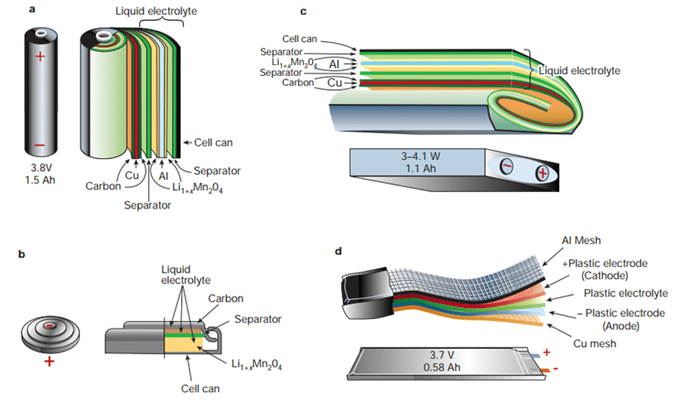
Pouch Cell Battery and Other types of battery cell (Pic from Yemeserach Mekonnen)
Although a variety of tests are required for different types of batteries, today's testers are optimized for specific battery sizes. For example, if you are testing a large battery, a larger current is required, which translates to larger inductance, thicker wires, etc. So many aspects are involved when creating a tester that can handle high currents. However, many factories do not only produce one type of battery. They may produce a complete set of large batteries for a customer while meeting all the test requirements for these batteries, or they may produce a set of smaller batteries with a smaller current for a smartphone customer. This is the reason for the rising cost of testing--the battery tester is optimized for the current. Testers that can handle higher currents are generally larger and more expensive because they not only require larger silicon wafers but also magnetic components and wiring to meet electromigration rules and minimize voltage drops in the system. The factory needs to prepare a variety of testing equipment at any time to meet the production and inspection of various types of batteries. Due to the different types of batteries produced by the factory at different times, some testers may be incompatible with specific batteries and may be left unused. Whether it is for today’s emerging factories for mass production of ordinary lithium-ion batteries or for battery manufacturers who want to use the testing process to create novel battery products, flexible test equipment must be used to adapt to a wider range of batteries’ capacity and physical size, thereby reducing capital investment and improving the return on investment.
The maximum investment in lithium-ion battery testing equipment
There will always be a need for unique battery test scenarios, which require equally unique solutions. However, for many types of lithium batteries, whether they be small smartphone batteries or a large battery pack for an electric car, there can be cost-effective testing equipment.GREPOW's modular battery tester solves the problems of high accuracy, high current, and flexibility of lithium-ion battery testing equipment. The company covers a variety of available battery shapes, sizes, and capacities and can cope with emerging applications, such as large battery packs and small-sized batteries commonly found in consumer electronics products, like smart bracelets.
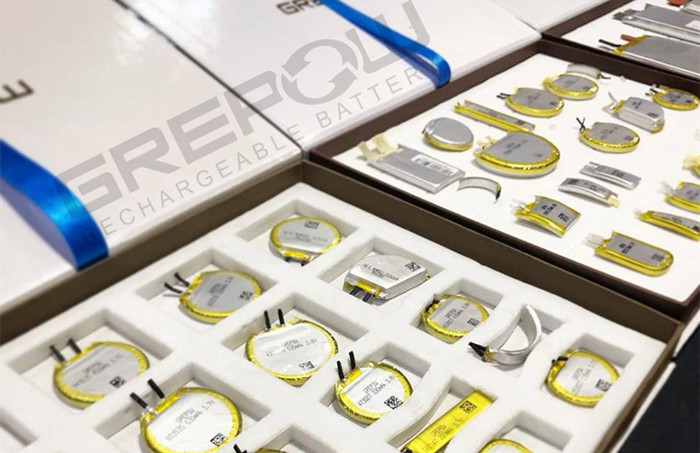
The reference design for lithium-ion battery testing enables companies to invest in lower current battery testing equipment and use them in parallel, thus eliminating the need for expensive investments in multiple machines with different current levels. The ability to use testing equipment in a variety of current ranges can optimize the investment in the machinery, thereby reducing the total costs and allowing for adaptability to the changing needs of lithium-ion battery testing.
If you are interested in our products, please don't hesitate to contact us at any time! Email: info@grepow.com Grepow Website: https://www.grepow.com/
Related Articles
-
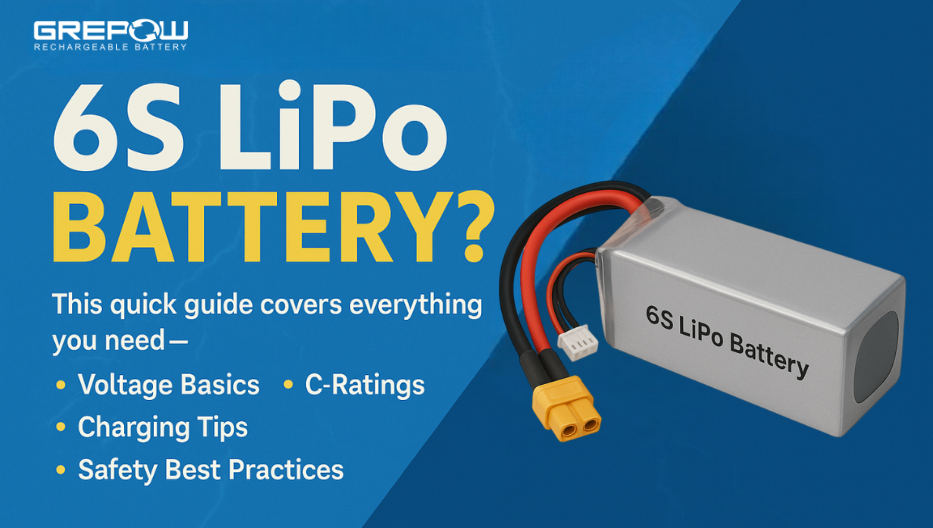
Practical Guide to 6S LiPo Batteries for Drones & RC Models
2025-04-23 -
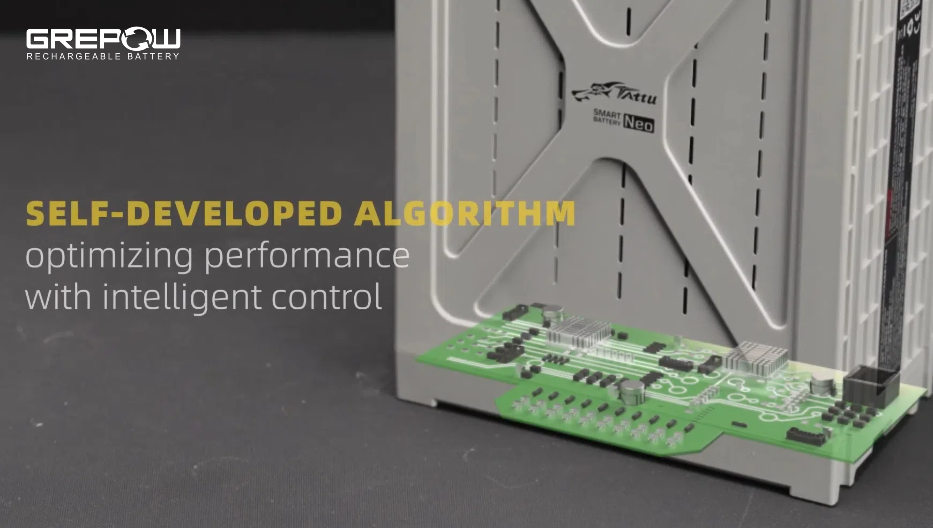
What Is a BMS Battery?
2025-04-23 -
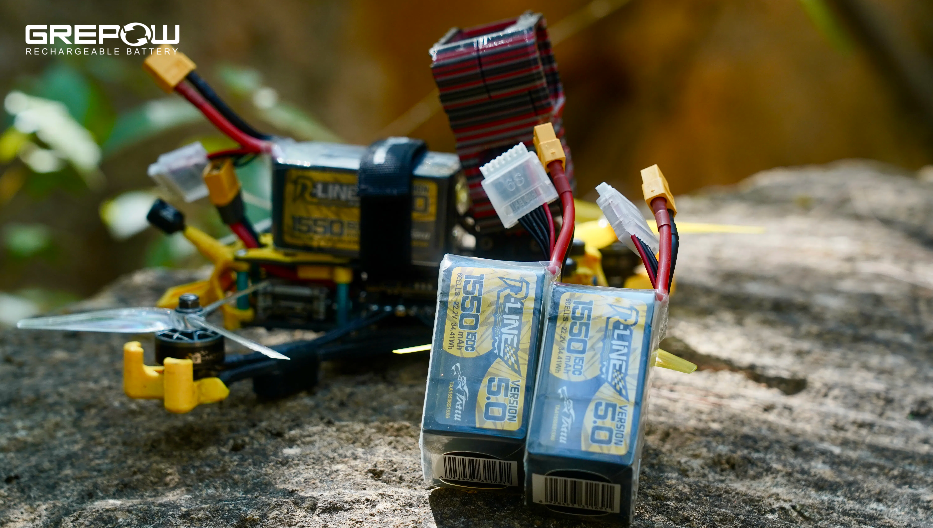
What Is a 7 Inch FPV Drone?
2025-04-15
















































